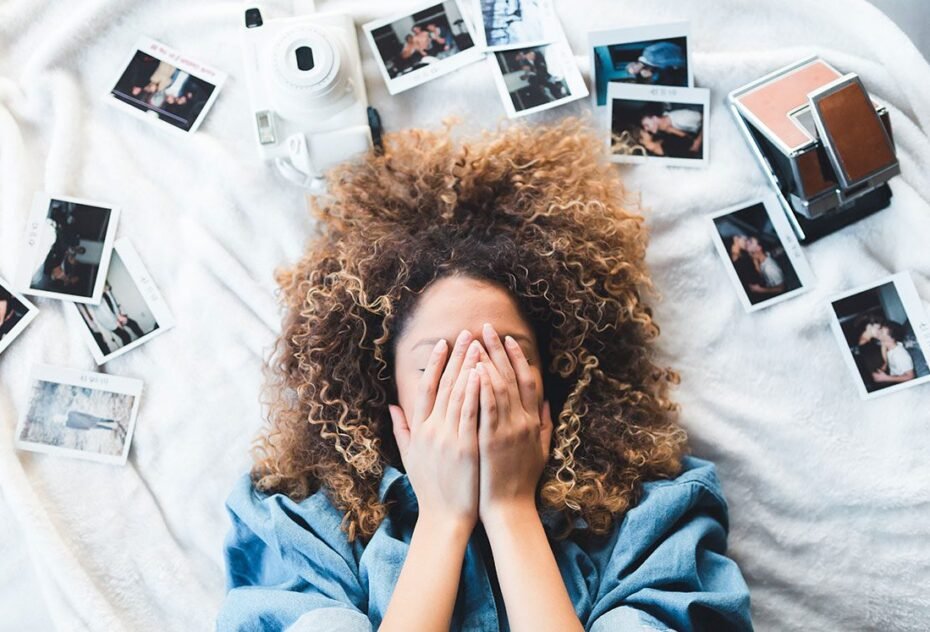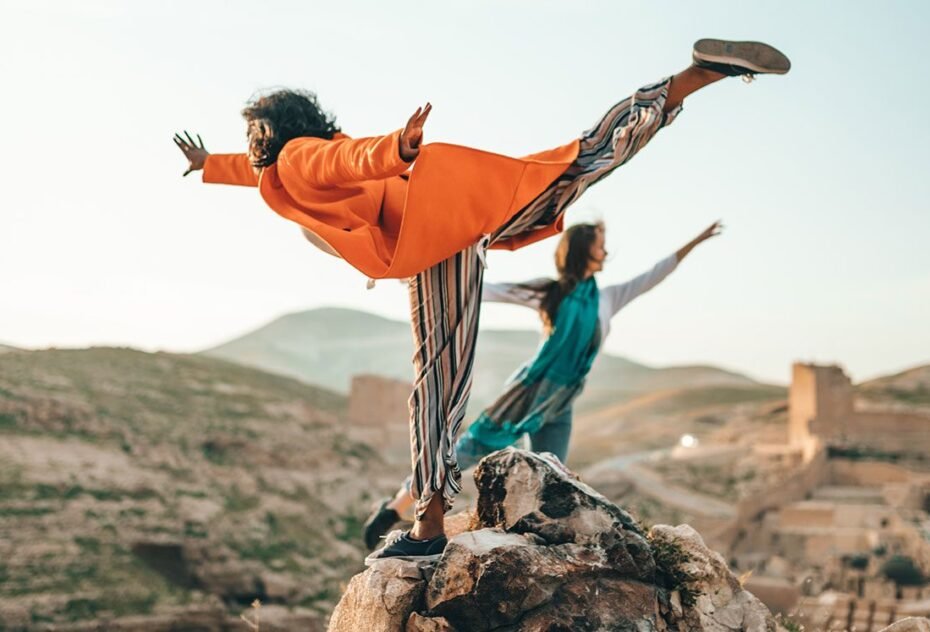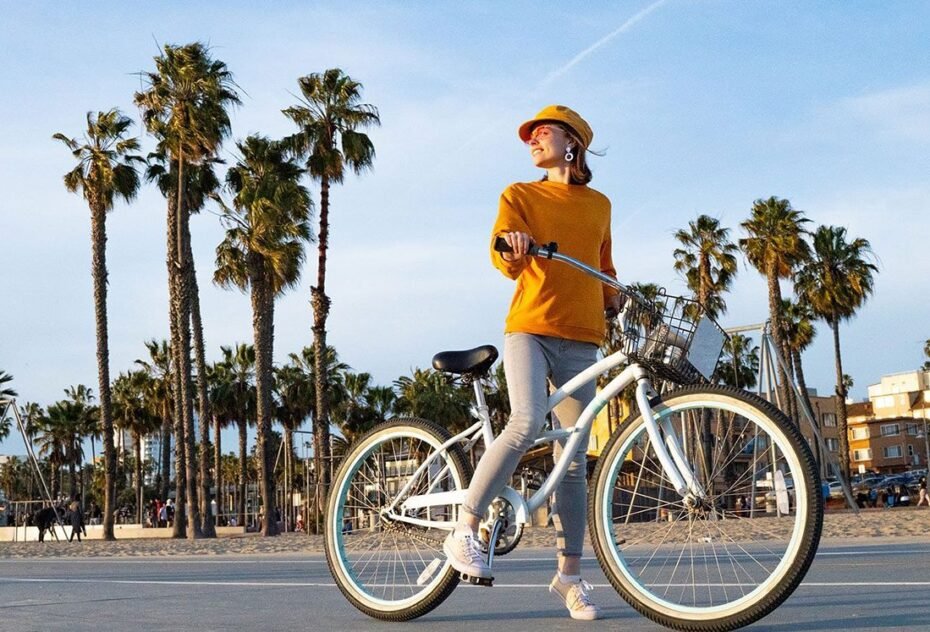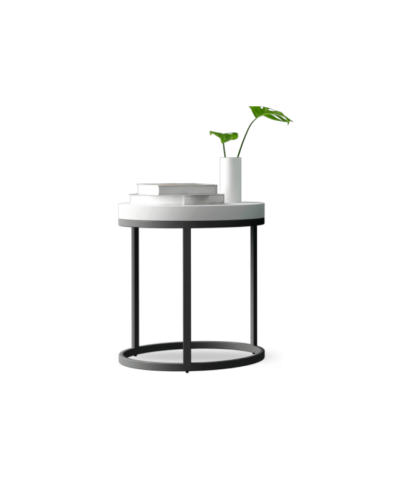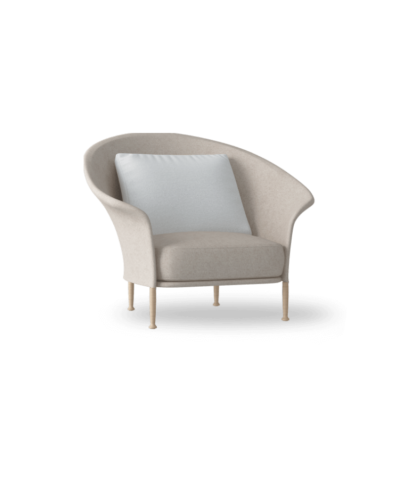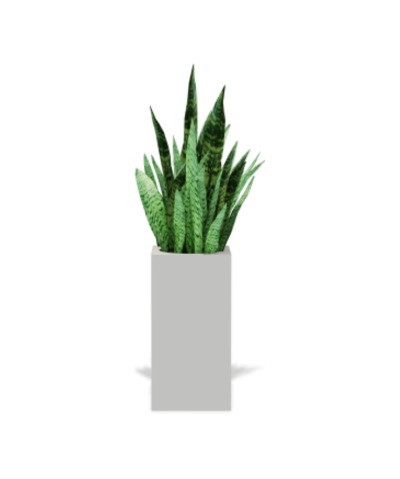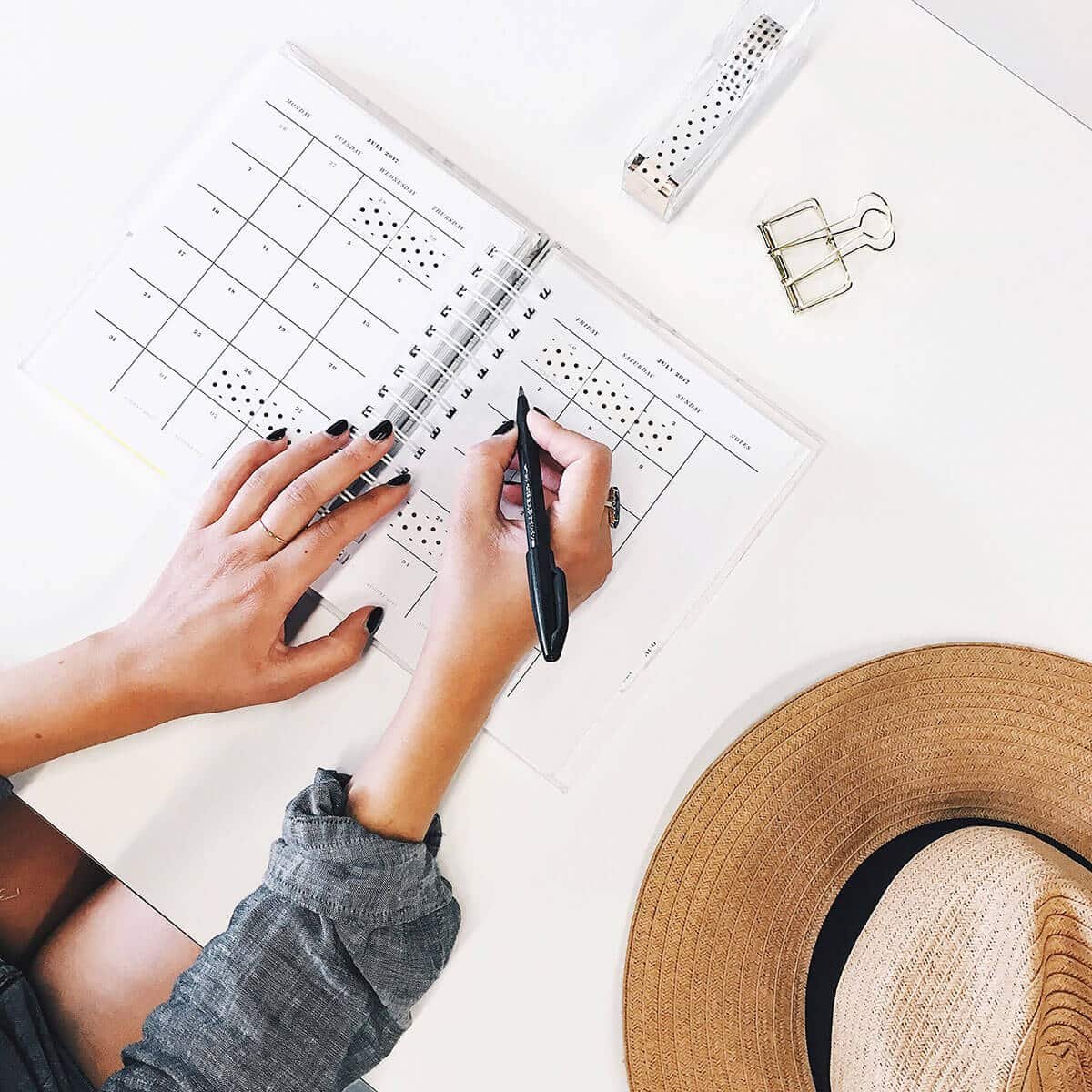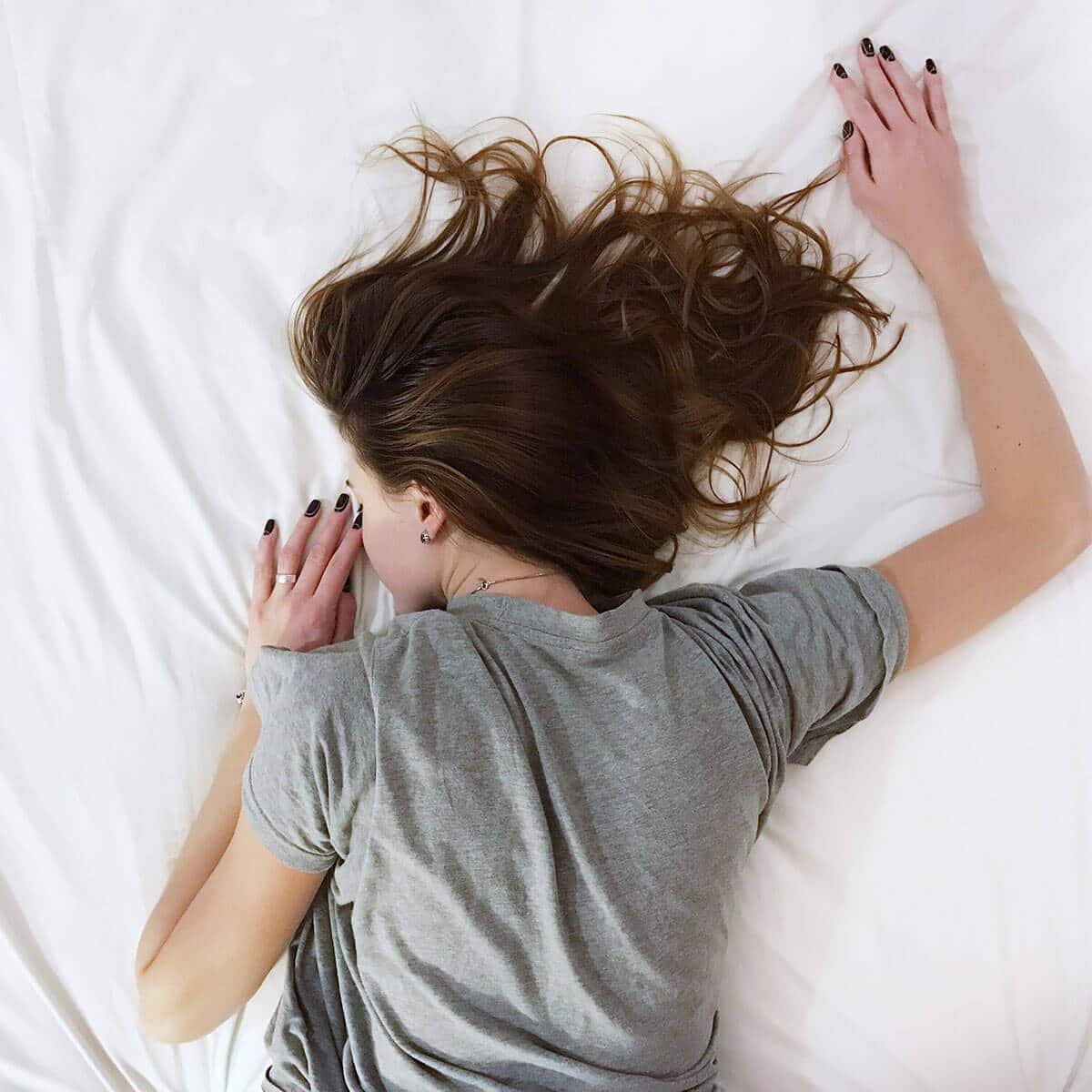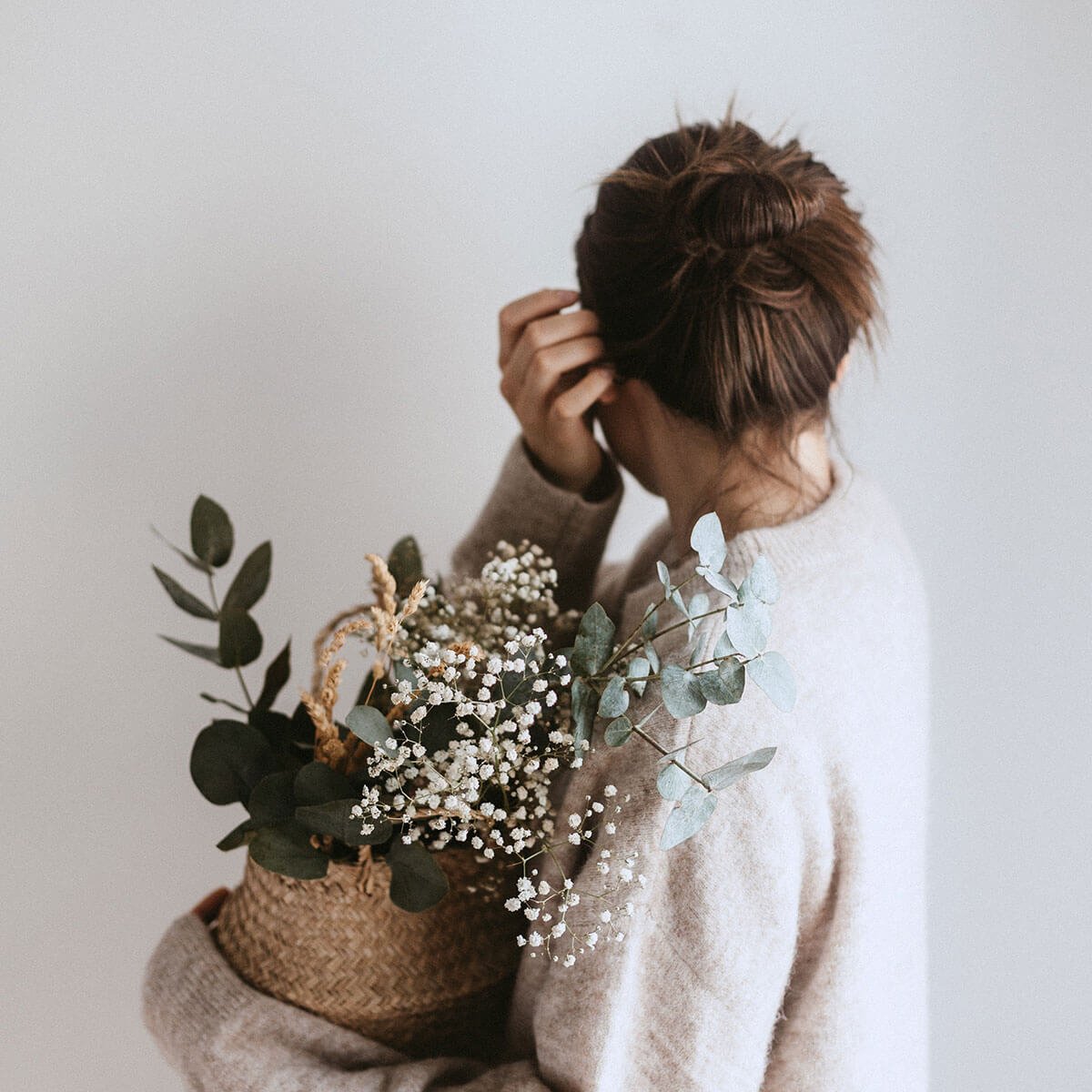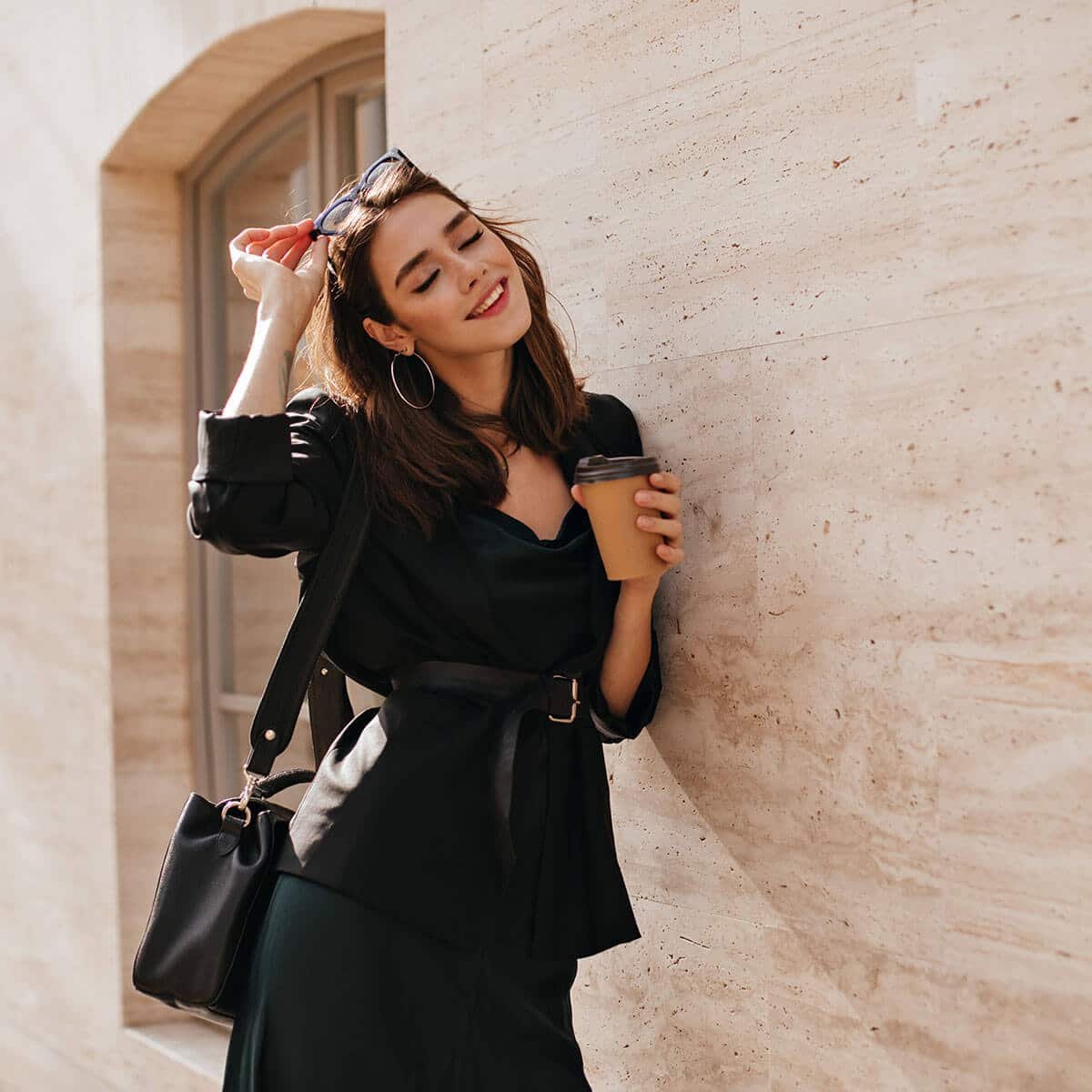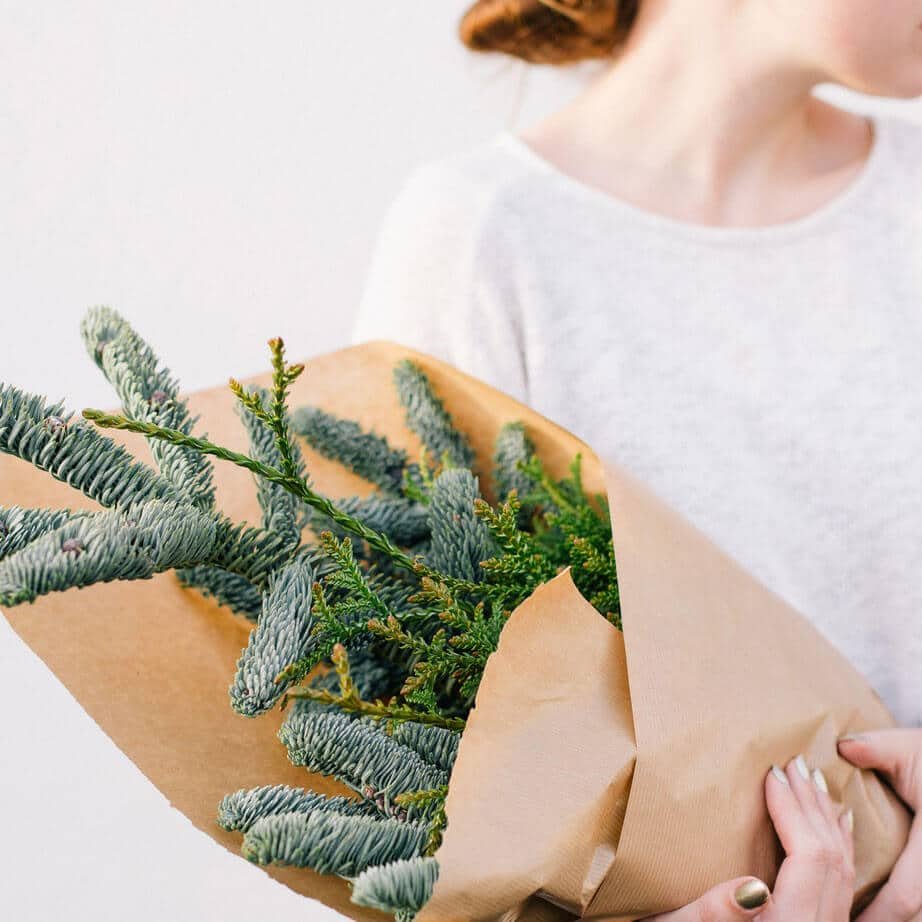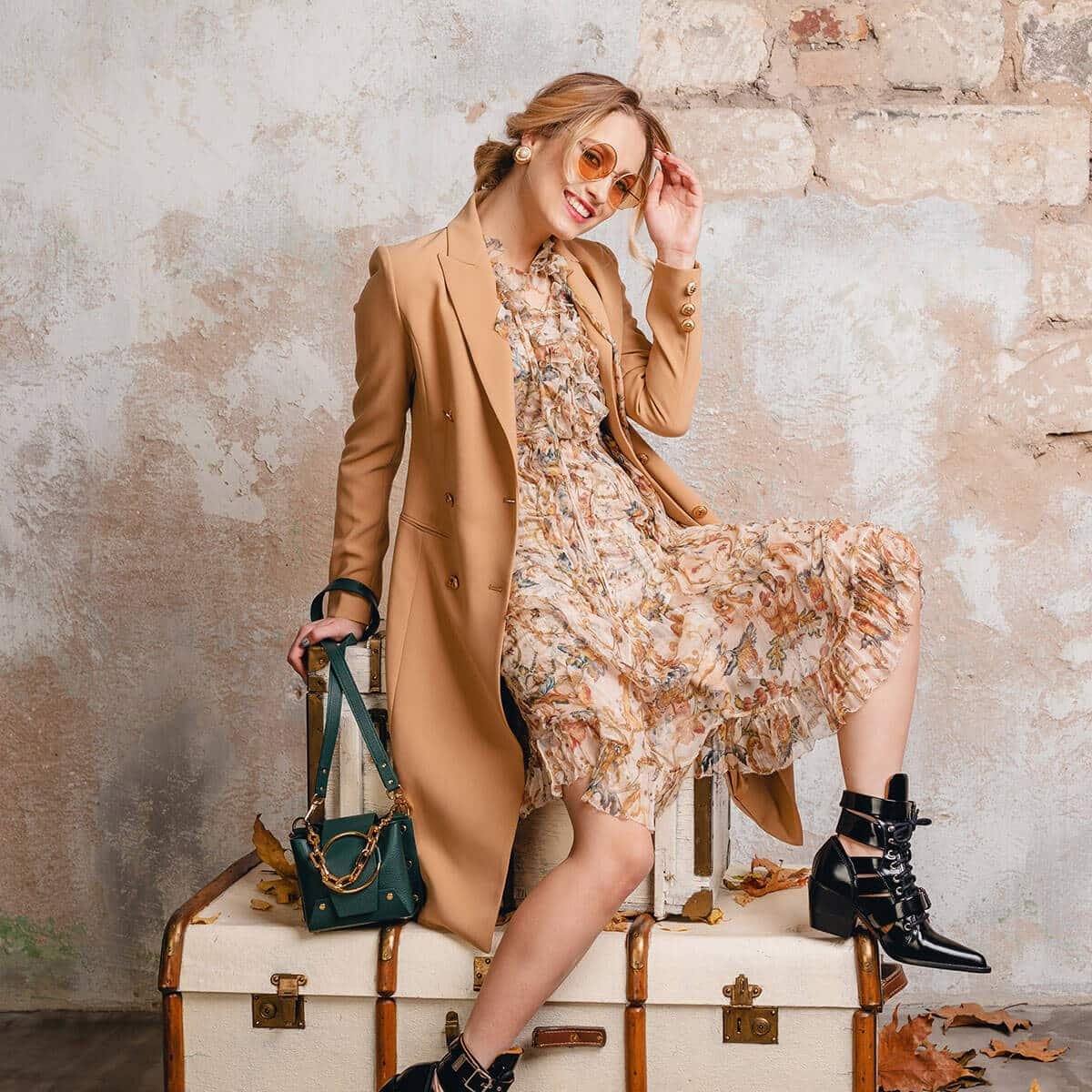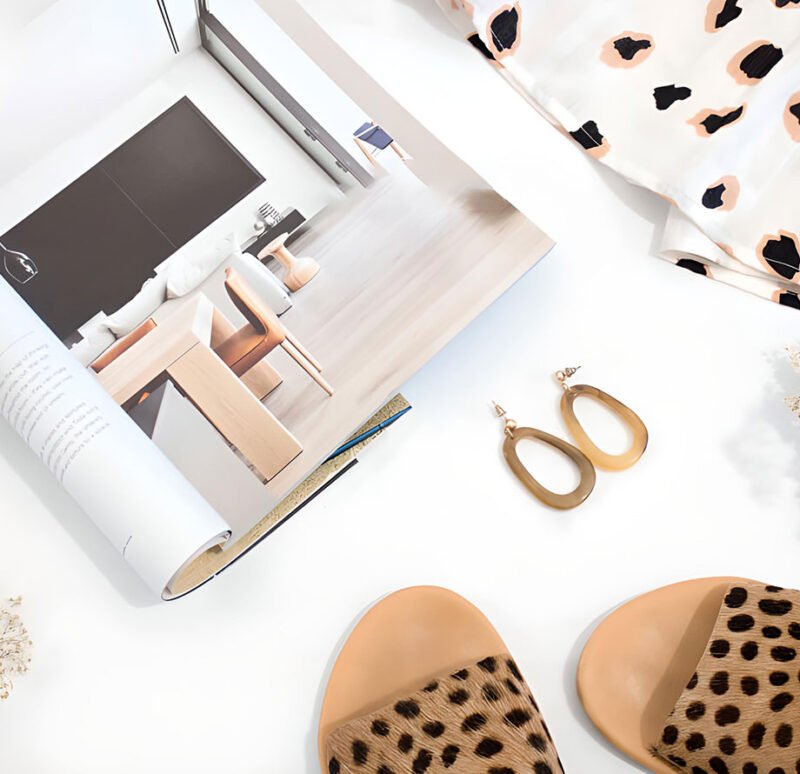10 Inspiring Aesthetic Traveling Drawing Ideas for Your Creative Journey
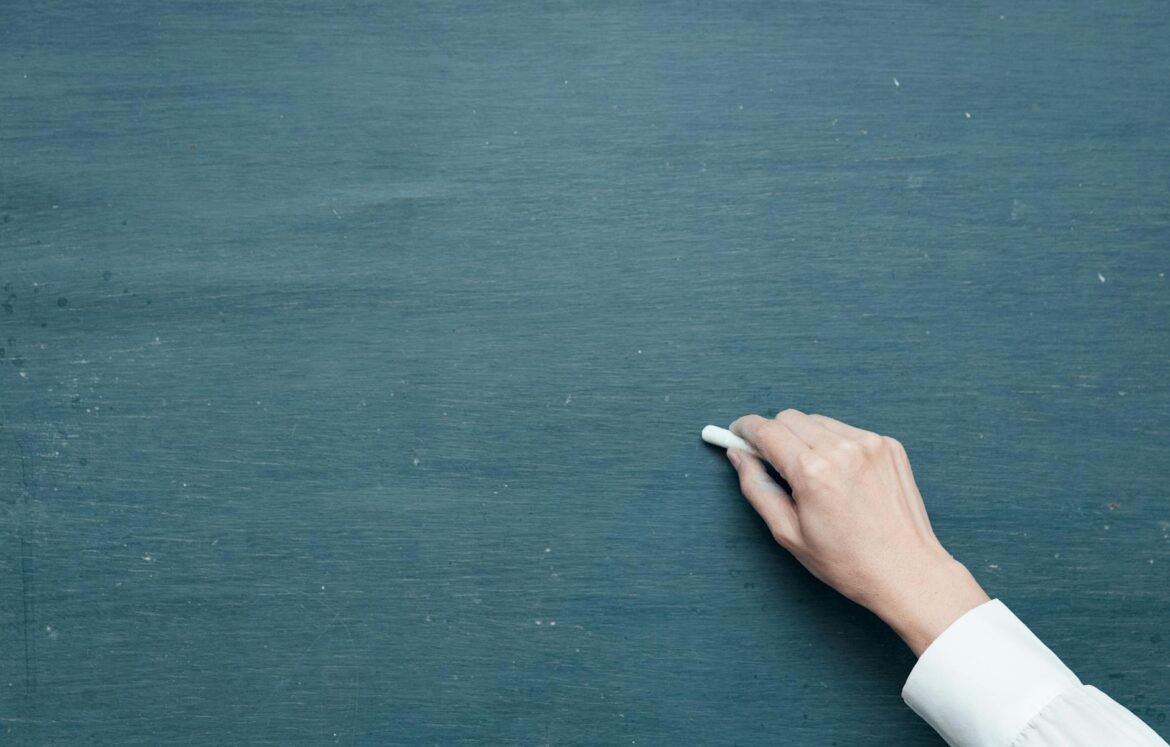
Are you tired of returning from your travels with nothing but digital photos and fading memories? 🌍✈️ It’s time to unleash your inner artist and capture the essence of your journey in a more meaningful way. Welcome to the world of aesthetic traveling drawing – where creativity meets wanderlust!
Imagine flipping through a beautifully crafted art journal, filled with vibrant sketches, delicate watercolors, and personal notes that transport you back to the sights, sounds, and emotions of your adventures. Whether you’re a seasoned artist or a complete novice, embracing the art of travel journaling can transform your trips into unforgettable creative experiences.
In this blog post, we’ll explore 10 inspiring aesthetic traveling drawing ideas that will ignite your imagination and help you document your journeys in a truly unique way. From capturing the majestic landscapes of Yosemite to painting delicate wildflowers, we’ll guide you through various techniques and subjects that will make your travel memories come alive on paper. So grab your sketchbook and let’s embark on a creative journey that will forever change the way you travel! 🎨🌸🏞️
Do you feel ‘out of sorts’ if you’ve not created art for a while?
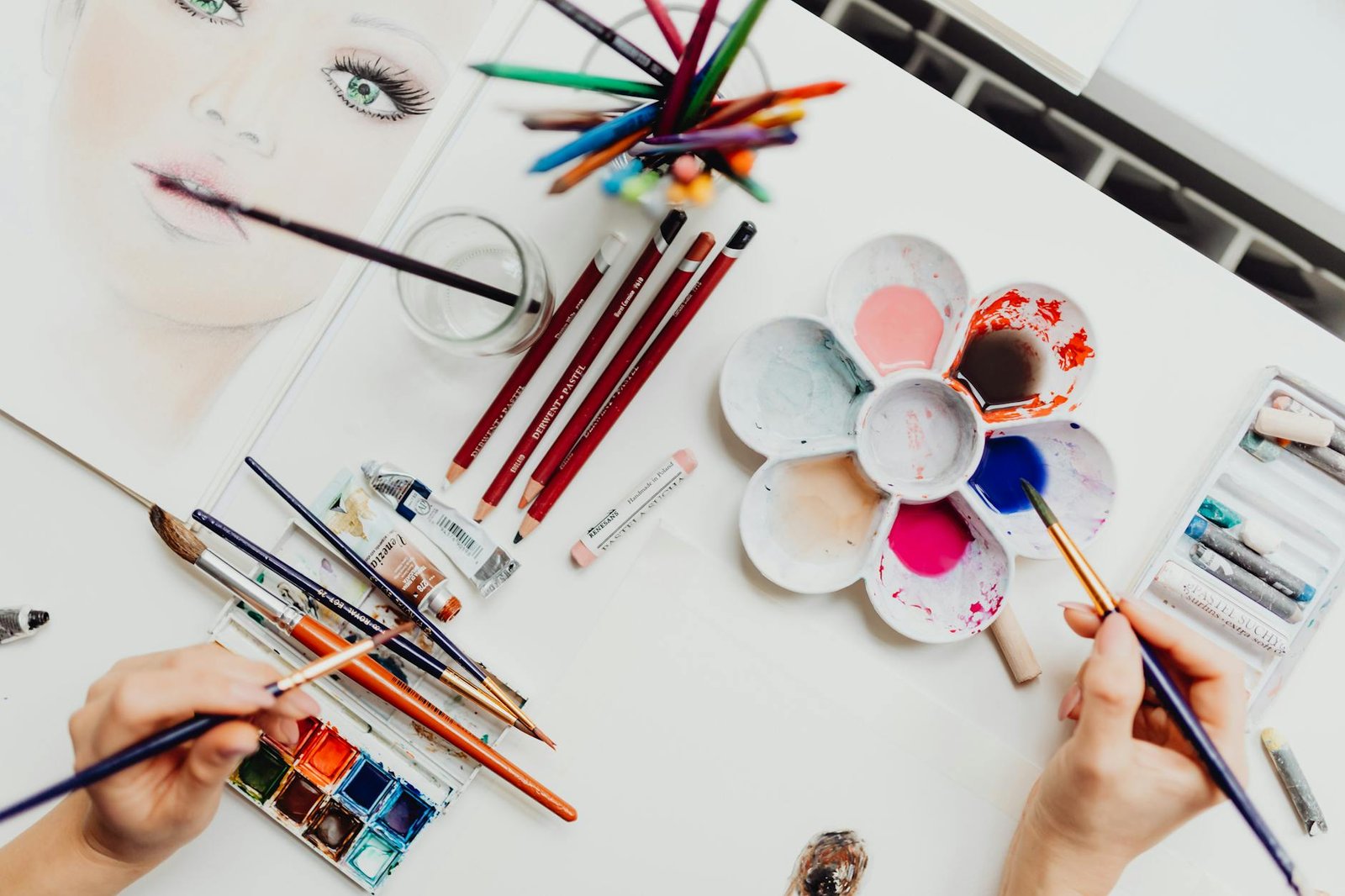
Our creativity flows
Do you ever feel a sense of unease when you haven’t picked up a pencil or paintbrush in a while? You’re not alone. For many artists and creative individuals, the act of creating is as essential as breathing. When we neglect our artistic pursuits, we may experience a feeling of being ‘out of sorts’ or disconnected from our true selves.
This phenomenon is closely tied to the concept of creative flow, a state of mind where we become fully immersed in our artistic process. When we engage in aesthetic traveling drawing, we tap into this flow, allowing our creativity to flourish and our minds to find balance.
Here’s how creative flow impacts our well-being:
- Stress reduction
- Improved focus
- Enhanced problem-solving skills
- Increased self-awareness
- Emotional regulation
The Impact of Creative Flow on Mental Health
| Aspect | Without Creative Flow | With Creative Flow |
|---|---|---|
| Stress Levels | Higher | Lower |
| Focus | Scattered | Improved |
| Problem-solving | Challenging | Enhanced |
| Self-awareness | Limited | Increased |
| Emotional State | Unstable | Regulated |
By incorporating aesthetic traveling drawing into our routines, we can maintain a healthy creative flow. This not only satisfies our artistic needs but also contributes to our overall well-being. Whether it’s sketching a landscape during a trip or doodling in a journal at home, these creative acts keep us connected to our artistic selves and help us feel more balanced and fulfilled.
What exactly is an ‘art journal’?
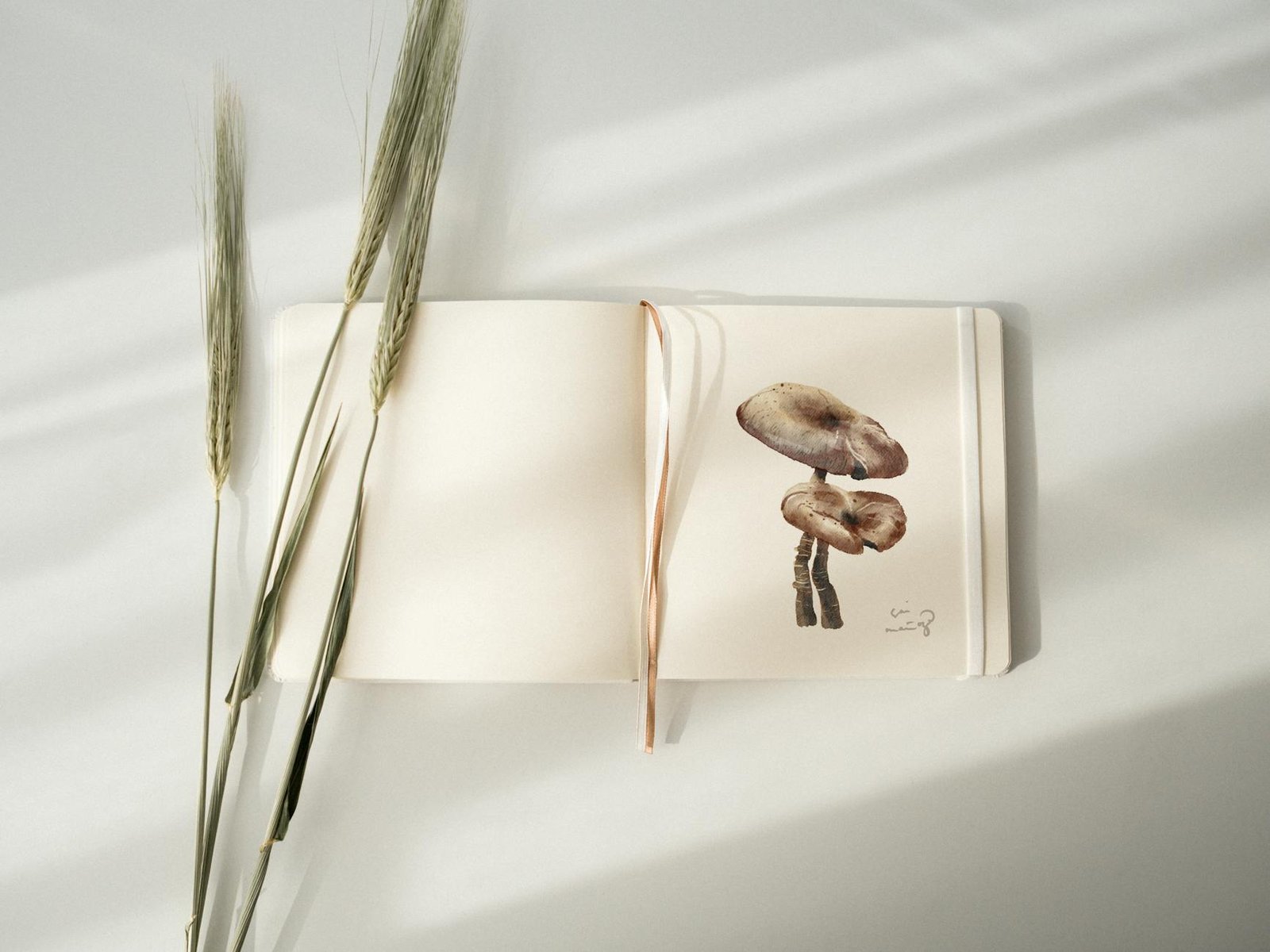
What is an Art Journal?
An art journal is a creative, visual diary that combines elements of drawing, painting, and writing to document experiences, emotions, and ideas. Unlike traditional journals, art journals emphasize visual expression alongside written content.
Key Components of an Art Journal
- Visual Elements: Sketches, paintings, collages
- Written Content: Thoughts, quotes, reflections
- Mixed Media: Incorporation of various art supplies
Types of Art Journals
| Type | Description | Best For |
|---|---|---|
| Travel Journal | Documents journeys and adventures | Aesthetic traveling drawing |
| Emotion Journal | Explores feelings through art | Self-expression and therapy |
| Nature Journal | Focuses on flora, fauna, and landscapes | Outdoor enthusiasts |
| Sketchbook Journal | Primarily for sketches and drawings | Artists and illustrators |
Benefits of Keeping an Art Journal
- Enhances creativity
- Improves artistic skills
- Serves as a personal time capsule
- Reduces stress and promotes mindfulness
- Encourages self-expression and reflection
Art journals are particularly useful for those interested in aesthetic traveling drawing, as they provide a perfect platform to capture the essence of your journeys through both words and images. They allow you to create a unique, visual narrative of your experiences, making your travels more memorable and meaningful.
What to focus on

A. The Skills Focus
When embarking on your aesthetic traveling drawing journey, focusing on skills development can significantly enhance your artistic abilities. Here are some key areas to concentrate on:
- Observational Drawing
- Perspective and Composition
- Color Theory and Application
- Quick Sketching Techniques
- Local Architecture and Landscapes
| Skill Area | Benefits | Practice Ideas |
|---|---|---|
| Observational Drawing | Improves accuracy and detail | Sketch street scenes, local flora |
| Perspective | Enhances spatial representation | Draw city skylines, interiors |
| Color Theory | Captures local atmosphere | Create color palettes of destinations |
| Quick Sketching | Captures fleeting moments | Practice 5-minute sketches in markets |
| Architecture/Landscapes | Develops versatility | Draw famous landmarks, natural vistas |
B. The Inspiration Focus
Traveling offers a wealth of inspiration for your aesthetic drawings. Here’s how to make the most of your surroundings:
- Immerse yourself in local culture and traditions
- Observe and sketch unique patterns in textiles, architecture, and nature
- Capture the essence of different lighting conditions throughout the day
- Document local flora and fauna in your sketchbook
- Sketch portraits of interesting characters you encounter
C. The Bit of Both Focus
Combining skill development with inspiration gathering creates a well-rounded approach to aesthetic traveling drawing. This balanced focus allows you to:
- Improve techniques while exploring new subjects
- Apply newly learned skills to capture inspiring scenes
- Develop a unique style influenced by your travels
- Create a diverse portfolio of travel-inspired artwork
- Enhance your ability to adapt to various drawing conditions
By incorporating both skill-building and inspiration-seeking into your creative journey, you’ll not only improve as an artist but also create meaningful visual memories of your travels.
The benefits of creative journaling
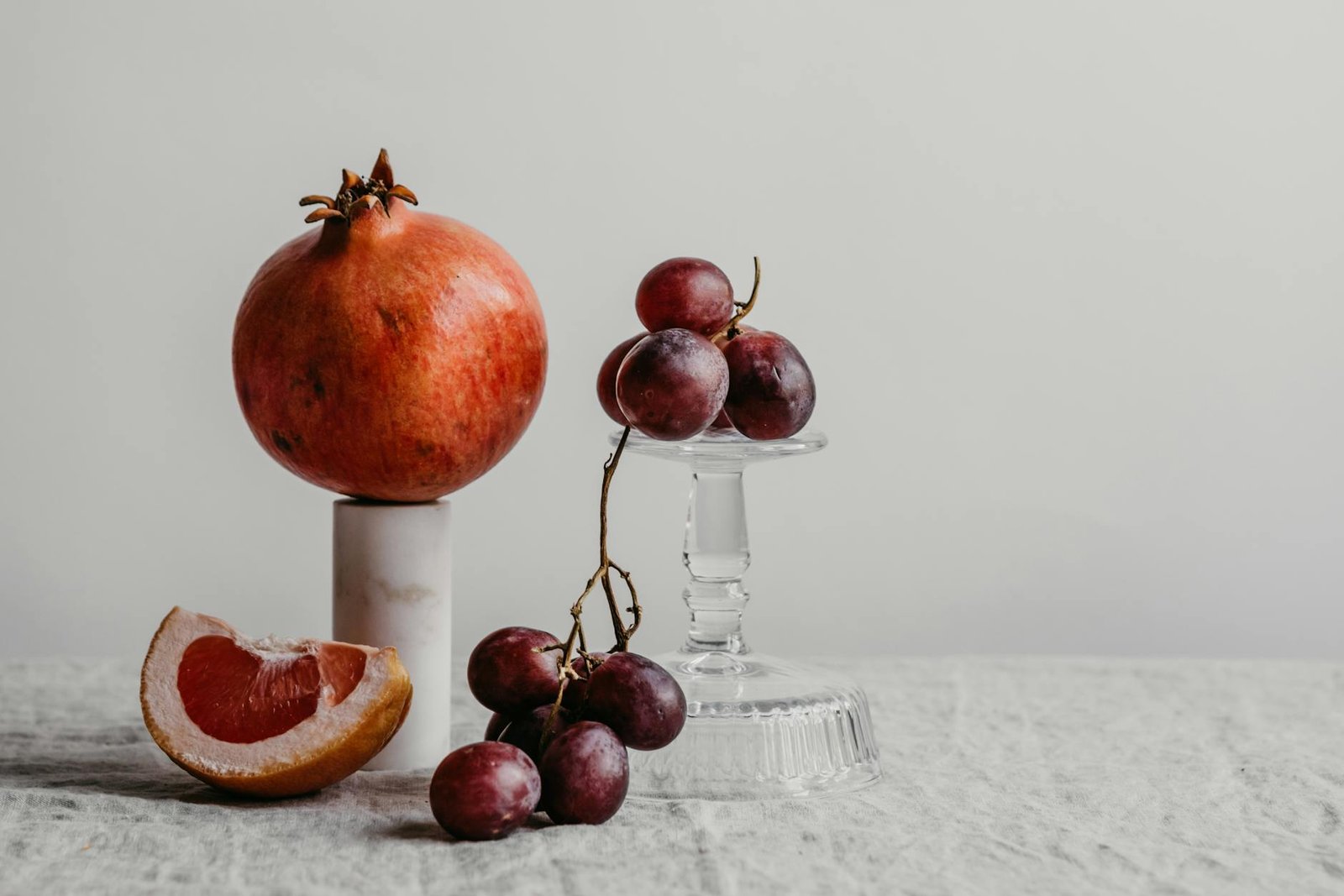
A. Connecting with your creative self
Creative journaling is a powerful tool for tapping into your artistic essence. By regularly engaging in this practice, you create a sacred space where your imagination can flourish. This connection with your creative self allows you to:
- Explore new ideas without judgment
- Discover hidden talents and interests
- Develop a unique artistic voice
- Process emotions through visual expression
B. Quieting the inner critic
One of the most significant benefits of creative journaling is its ability to silence the inner critic. As you immerse yourself in the process, you’ll find:
| Benefit | Description |
|---|---|
| Freedom from perfectionism | Embrace imperfections as part of the creative process |
| Increased confidence | Regular practice builds trust in your artistic abilities |
| Reduced anxiety | Focus on creation rather than critique |
| Enhanced self-expression | Express yourself without fear of judgment |
C. Fitting into life
Creative journaling is a flexible practice that can easily integrate into your daily routine:
- Portable: Carry your journal wherever you go
- Time-efficient: Sketch or write for just a few minutes each day
- Versatile: Combine with other activities like travel or meditation
- Adaptable: Use various mediums based on your mood and available resources
D. Maintaining momentum
Consistent creative journaling helps maintain artistic momentum, even during busy periods or creative blocks. This practice:
- Establishes a regular creative habit
- Provides a visual record of your artistic journey
- Serves as a source of inspiration for future projects
- Keeps your skills sharp and evolving
Now that we’ve explored the benefits of creative journaling, let’s delve into a personal experience that illustrates these advantages in action.
My experience: Travel Memoir
Creating a Travel Memoir
Capturing Moments Through Art
As an avid traveler and artist, I’ve found that combining my passion for exploration with my love for drawing has led to the creation of a unique travel memoir. This aesthetic traveling drawing approach has not only enhanced my journeys but also provided me with tangible memories that are far more personal than photographs.
Here’s a breakdown of how I’ve incorporated art into my travels:
| Method | Description | Benefits |
|---|---|---|
| Quick Sketches | Rapid drawings of landscapes or scenes | Captures fleeting moments |
| Detailed Illustrations | In-depth drawings of specific locations | Provides rich visual memories |
| Watercolor Washes | Adding color to sketches for atmosphere | Enhances mood and setting |
| Collage | Combining drawings with ephemera | Creates a multi-dimensional record |
Tips for Creating Your Own Travel Memoir
- Always carry a small sketchbook and basic art supplies
- Set aside time each day for drawing, even if just for 15 minutes
- Focus on capturing the essence rather than perfect representation
- Experiment with different styles and mediums
- Include notes and observations alongside your drawings
By incorporating these aesthetic traveling drawing ideas into your journeys, you’ll create a deeply personal and visually stunning record of your adventures. This approach not only enhances your travel experience but also provides a creative outlet that can be enjoyed long after you’ve returned home.
Now that we’ve explored the concept of a travel memoir, let’s delve into how you can start your own creative journaling practice.
How to start
A. Decide on a format
When embarking on your aesthetic traveling drawing journey, choosing the right format is crucial. Consider factors like portability, durability, and personal preference. Here’s a comparison of popular formats:
| Format | Pros | Cons |
|---|---|---|
| Sketchbook | Portable, various paper types | Limited size options |
| Loose sheets | Flexible, can mix media | Requires organization |
| Digital tablet | Unlimited colors, undo function | Requires charging, learning curve |
Select a format that aligns with your travel style and artistic goals. For instance, a compact sketchbook might be ideal for backpacking, while a digital tablet could suit tech-savvy artists.
B. Date it
Dating your aesthetic traveling drawings is essential for:
- Tracking your artistic progress
- Preserving travel memories
- Creating a chronological record of your journey
Consider including:
- Date
- Location
- Weather conditions
- Brief notes about the scene or experience
C. Do it daily
Consistency is key to improving your aesthetic traveling drawing skills. Establish a daily drawing routine:
- Set a specific time each day for drawing
- Start with quick 5-10 minute sketches
- Gradually increase duration as you become more comfortable
- Experiment with different subjects and techniques
Remember, the goal is to make drawing a habit, not to create masterpieces every time. Embrace imperfections and focus on capturing the essence of your travel experiences through your unique artistic perspective.
Browse more blog posts
Painting pale veins on flowers
Techniques for Painting Pale Veins
When it comes to painting pale veins on flowers, attention to detail and delicate brushwork are key. Here are some techniques to help you achieve realistic and aesthetically pleasing results:
Layering and Transparency
To create the illusion of pale veins, start with a light base color and gradually build up layers:
- Apply a thin wash of the flower’s base color
- Let the first layer dry completely
- Use a slightly lighter shade for the veins
- Apply thin, translucent layers for a subtle effect
Brush Selection and Stroke Techniques
Choosing the right brush and mastering specific stroke techniques can greatly enhance your vein painting:
| Brush Type | Best Use |
|---|---|
| Fine liner | Delicate, precise lines |
| Fan brush | Soft, feathered effects |
| Angle brush | Varied line thickness |
Color Mixing for Natural-Looking Veins
Achieving the right color for pale veins is crucial:
- Mix white with a touch of the flower’s base color
- Add a hint of green or blue for cooler tones
- Experiment with different ratios to find the perfect shade
Remember, less is often more when painting pale veins. The goal is to create a subtle, natural-looking effect that enhances the overall aesthetic of your traveling drawing. Practice these techniques, and you’ll soon master the art of painting delicate flower veins.
Painting Landscapes en Plein Air – Yosemite Half Dome
Capturing the Essence of Yosemite Half Dome
Now that we’ve explored various artistic techniques, let’s dive into the captivating world of plein air painting, focusing on the iconic Yosemite Half Dome. This majestic landscape offers endless inspiration for aesthetic traveling drawing enthusiasts.
Choosing the Perfect Vantage Point
When painting Half Dome, selecting the right location is crucial. Consider these popular viewpoints:
- Glacier Point
- Sentinel Dome
- Olmsted Point
- Valley View
Each spot offers a unique perspective, allowing you to capture different aspects of this natural wonder.
Essential Plein Air Supplies
| Item | Purpose |
|---|---|
| Portable easel | Provides stability for your canvas |
| Light-weight palette | Allows for easy color mixing |
| Water-resistant sketchbook | Ideal for quick sketches and studies |
| Variety of brushes | Enables diverse stroke techniques |
| Sun protection | Keeps you comfortable during long sessions |
Capturing Light and Shadow
Half Dome’s grandeur lies in its ever-changing appearance throughout the day. Pay close attention to:
- Early morning light casting a warm glow
- Midday shadows creating dramatic contrasts
- Evening alpenglow transforming the rock face
Experiment with different color palettes to convey these atmospheric changes effectively.
Incorporating Environmental Elements
To truly capture the essence of Yosemite, include surrounding elements in your composition:
- Towering pine trees framing the view
- Reflections in the Merced River
- Distant waterfalls adding vertical interest
These details will enhance the overall aesthetic of your traveling drawing, creating a more immersive representation of the landscape.
Realistic Toadstool Painting
Bringing Toadstools to Life on Paper
Creating a realistic toadstool painting is a delightful way to capture the whimsical charm of nature during your travels. This project combines the aesthetic appeal of fungi with the technical challenges of detailed botanical illustration.
Materials and Techniques
To create a lifelike toadstool painting, consider using the following materials and techniques:
| Material | Purpose |
|---|---|
| Watercolor paper | Provides texture and absorbency |
| Fine-tipped brushes | For intricate details |
| Watercolor paints | For vibrant, translucent colors |
| White gouache | For highlights and texture |
- Start with a light pencil sketch
- Layer thin washes of color for depth
- Use dry brush technique for texture
- Add fine details with a small brush
Capturing the Essence
When painting toadstools, focus on these key elements:
- The cap’s unique shape and patterns
- The delicate gills underneath
- The stem’s texture and form
- The surrounding environment (moss, leaves, etc.)
By paying attention to these details, your toadstool painting will come alive, adding a touch of magic to your travel journal. This exercise not only hones your observational skills but also allows you to document the often-overlooked beauty of the forest floor.
Draw a bird – full of detail
Capturing Avian Beauty: Techniques for Detailed Bird Drawings
Essential Tools and Materials
To create a detailed bird drawing, you’ll need:
- High-quality drawing paper
- Various graphite pencils (2H, HB, 2B, 4B)
- Erasers (kneaded and rubber)
- Fine-tipped pens or markers
- Colored pencils (optional)
| Tool | Purpose |
|---|---|
| Graphite pencils | Initial sketching and shading |
| Fine-tipped pens | Adding intricate details |
| Colored pencils | Optional color enhancement |
Step-by-Step Process
- Start with a light sketch
- Focus on proportions and basic shapes
- Add details layer by layer
- Pay attention to feather texture
- Emphasize the eyes for lifelike appearance
Tips for Capturing Detail
- Observe real birds or high-quality reference photos
- Study bird anatomy to understand underlying structures
- Use different pencil pressures for varied textures
- Practice drawing individual feathers before tackling the whole bird
Now that we’ve explored the intricacies of bird drawing, let’s move on to another exciting aspect of aesthetic traveling art: creating a personal memoir of your journeys.
A brokenhearted personal update
A Difficult Chapter
Life’s journey is often filled with unexpected turns, and as an artist, these experiences can profoundly impact our creative process. Recently, I’ve faced a personal setback that has left me feeling brokenhearted and creatively drained. While this update may seem out of place in a blog about aesthetic traveling drawings, I believe it’s important to share the reality behind the art.
The Impact on Creativity
| Emotion | Effect on Art |
|---|---|
| Sadness | Muted colors, slower output |
| Anger | Bold strokes, intense hues |
| Hope | Subtle details, lighter tones |
During this challenging time, my sketchbook has become both a sanctuary and a mirror, reflecting my emotional state:
- Unfinished sketches scattered across pages
- Darker color palettes dominating recent works
- Abstract forms replacing my usual detailed style
Finding Solace in Art
Despite the heartache, I’ve found that continuing to create, even in small ways, has been therapeutic. Here’s how I’m using art to navigate this difficult period:
- Daily doodles to express emotions
- Nature sketches to reconnect with the world
- Memory drawings of happier times
- Collaborative projects with fellow artists for support
As we move forward, I’ll be sharing how this experience influences my aesthetic traveling drawings, and how art can be a powerful tool for healing and self-discovery.
Paint a wild rose in watercolor
Capturing the Beauty of a Wild Rose
Materials Needed
To paint a wild rose in watercolor, you’ll need:
- Watercolor paper (140lb or heavier)
- Watercolor paints (reds, pinks, greens, yellows)
- Brushes (round and flat)
- Water container
- Palette
- Pencil and eraser
Sketching the Rose
Begin by lightly sketching the basic shape of the wild rose. Focus on:
- Central bud
- Petal arrangement
- Stem and leaves
Layering Technique
Create depth and dimension using these steps:
- Apply light washes for base colors
- Build up darker tones gradually
- Add details and highlights last
| Layer | Purpose | Colors Used |
|---|---|---|
| 1st | Base | Light pink, pale yellow |
| 2nd | Shadows | Deeper pink, light green |
| 3rd | Details | Dark pink, forest green |
Adding Texture
Enhance realism by incorporating texture:
- Use dry brush technique for petal edges
- Splatter tiny dots for pollen
- Create leaf veins with fine lines
This wild rose watercolor technique perfectly captures the delicate beauty of nature, making it an ideal addition to your aesthetic traveling drawing collection. As you master this skill, you’ll be able to immortalize the unique flora you encounter on your creative journeys. Next, we’ll explore how to embrace the vibrant hues of autumn in your art.
Autumn art ideas: 10 fall time favourites
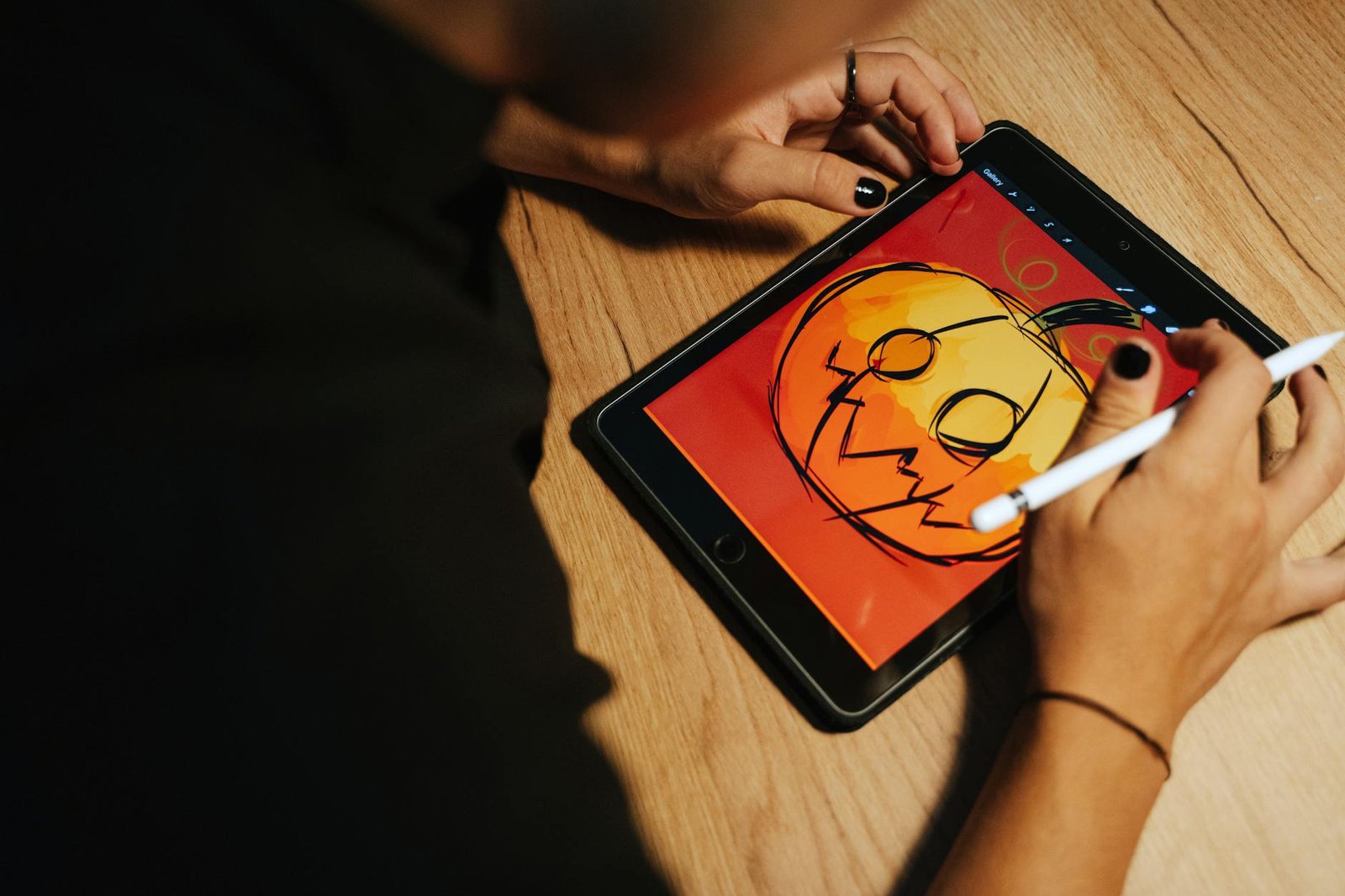
Cozy Autumn Illustrations
As the leaves turn golden and the air grows crisp, it’s time to explore autumn-inspired art ideas that capture the essence of this beautiful season. Let’s dive into 10 fall-time favorites that will ignite your creativity and enhance your aesthetic traveling drawing experience.
1. Rustic Landscape Sketches
Capture the changing colors of fall with quick sketches of rustic landscapes. Use warm hues like ochre, burnt sienna, and deep reds to bring your drawings to life.
2. Leaf Studies
Create detailed studies of various autumn leaves:
- Oak
- Maple
- Birch
- Aspen
Focus on the intricate veins and color gradients that make each leaf unique.
3. Cozy Cabin Scenes
Draw inviting cabin interiors or exteriors surrounded by fall foliage. Add elements like:
| Element | Description |
|---|---|
| Fireplace | Flickering flames and warmth |
| Blankets | Textured throws for comfort |
| Hot Beverages | Steaming cups of tea or cocoa |
4. Autumn Still Life
Arrange and sketch fall-themed still life compositions featuring:
- Pumpkins
- Gourds
- Pinecones
- Acorns
5. Falling Leaves in Motion
Practice capturing movement by drawing leaves swirling in the wind. This dynamic subject will enhance your ability to convey motion in your aesthetic traveling drawings.
Harvest Festivities
Explore the vibrant autumn celebrations through your art:
- Farmers’ markets with colorful produce displays
- Pumpkin patch scenes with families selecting their perfect picks
- Harvest festival activities and games
These autumn art ideas will not only improve your drawing skills but also create a lasting memory of your fall travels.
How to paint a realistic watercolor rose
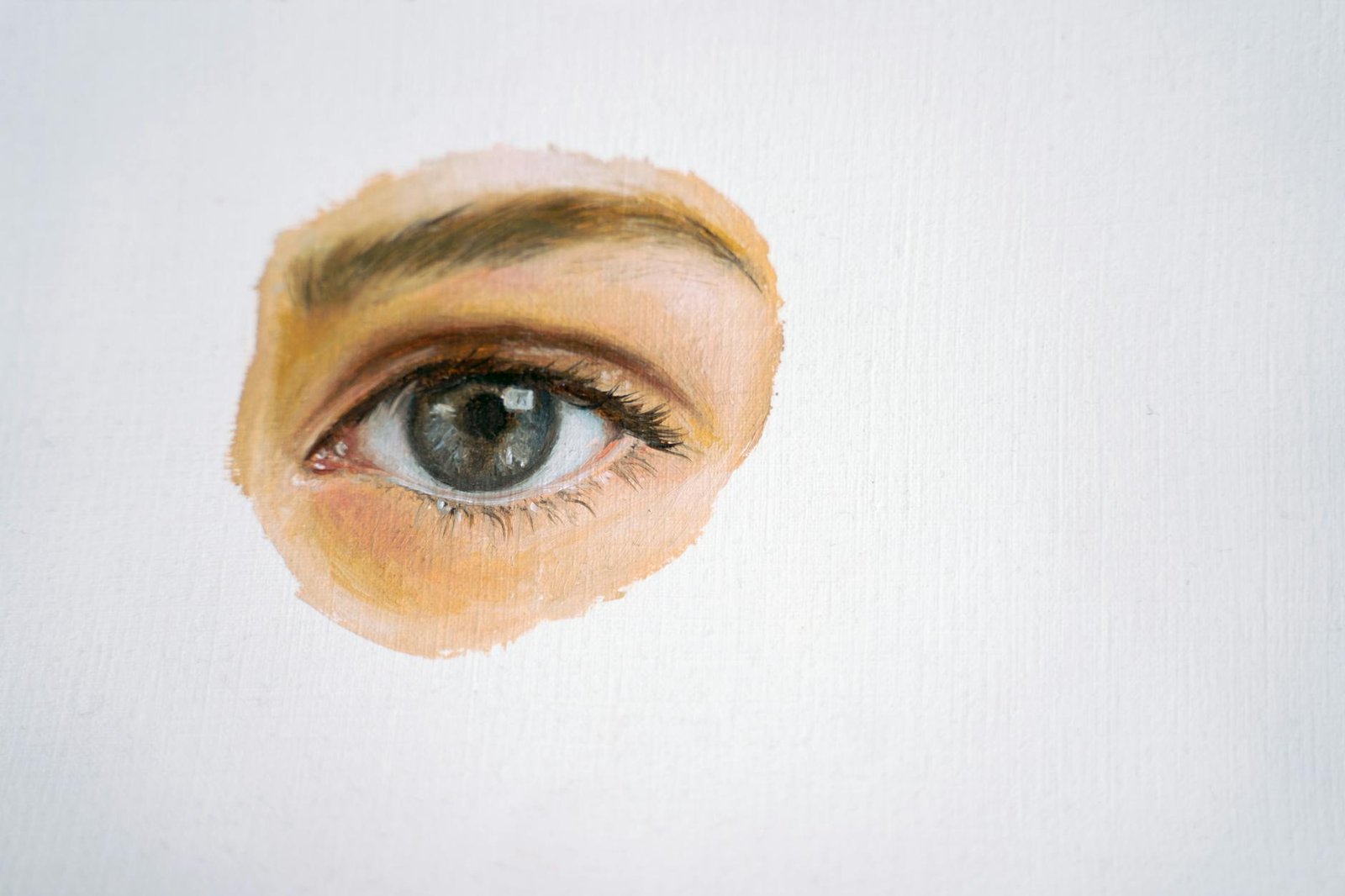
Choosing Your Subject
When painting a realistic watercolor rose, selecting the right subject is crucial. Look for a rose with interesting features, such as:
- Vibrant color variations
- Intricate petal arrangements
- Subtle light and shadow play
Preparing Your Materials
Before you begin, gather these essential supplies:
- High-quality watercolor paper
- Watercolor paints (reds, yellows, greens)
- Various brush sizes
- Water container
- Palette
- Reference photo or live rose
Sketching the Basic Shape
Start with a light pencil sketch to capture the rose’s form:
- Outline the overall shape
- Mark the center of the bloom
- Indicate major petal directions
Layering Techniques
To achieve a realistic look, use these layering techniques:
| Technique | Purpose |
|---|---|
| Wet-on-wet | Create soft, blended areas |
| Wet-on-dry | Add detailed petal edges |
| Glazing | Build depth and color intensity |
Adding Fine Details
Enhance realism by focusing on these details:
- Vein patterns on petals
- Subtle color variations
- Shadows between petals
Now that you’ve learned how to paint a realistic watercolor rose, you’re ready to apply these techniques to other floral subjects. This skill will greatly enhance your aesthetic traveling drawings, allowing you to capture the beauty of flowers you encounter on your creative journey.
Mixing watercolor the easy way
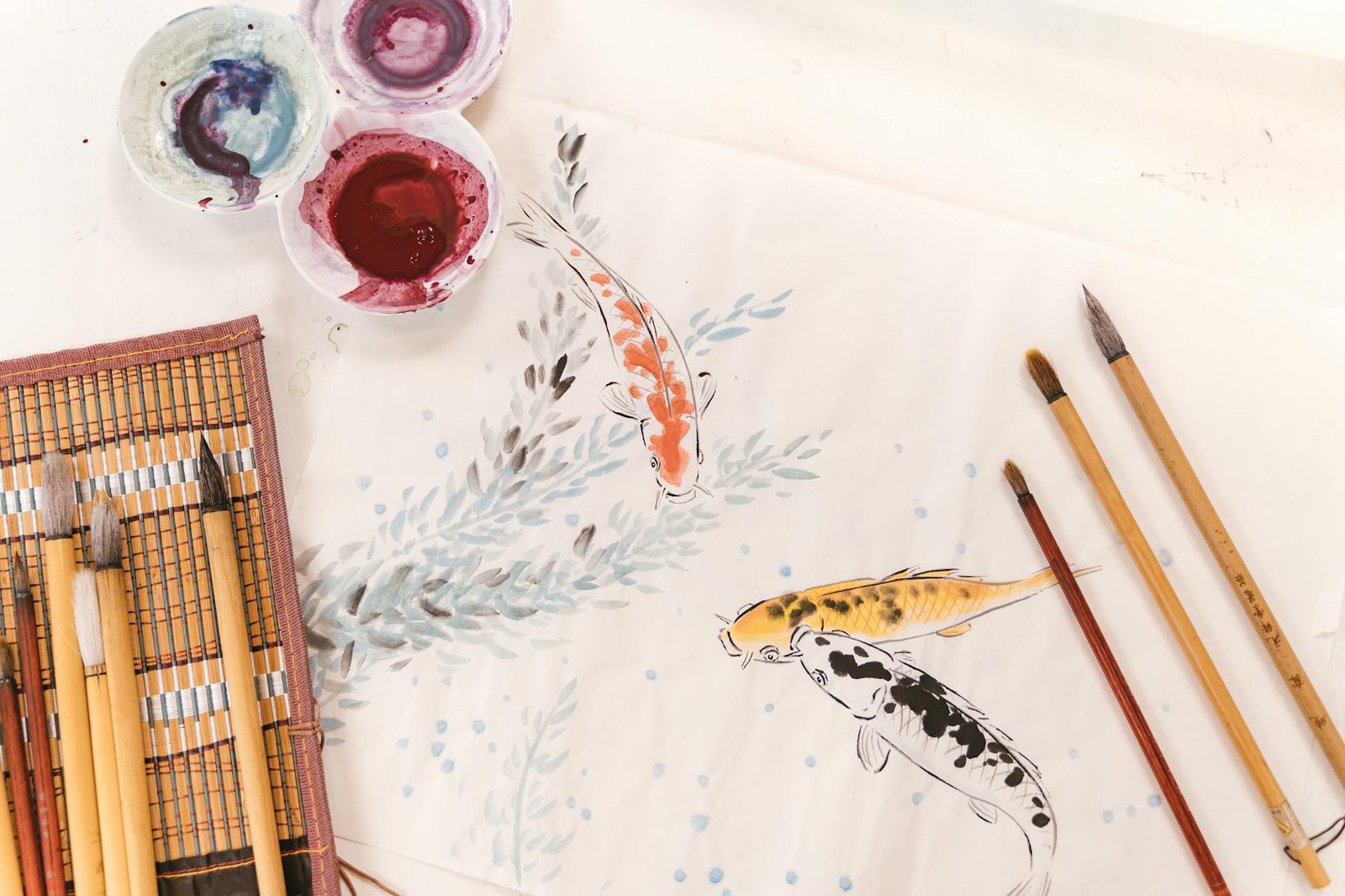
Mixing Watercolors: A Simple Approach
The Basics of Color Mixing
Mixing watercolors doesn’t have to be complicated. In fact, with a few simple techniques, you can create a stunning palette for your aesthetic traveling drawings. Start with three primary colors: red, blue, and yellow. From these, you can create virtually any color you need.
| Primary Color | Secondary Color | Tertiary Color |
|---|---|---|
| Red | Purple | Red-Violet |
| Blue | Green | Blue-Green |
| Yellow | Orange | Yellow-Orange |
Wet-on-Wet Technique
One of the easiest ways to mix watercolors is using the wet-on-wet technique:
- Wet your paper with clean water
- Drop different colors onto the wet surface
- Watch as they blend and create new hues
- Use a brush to guide the colors if needed
This method is perfect for creating soft, blended backgrounds in your travel sketches.
Color Wheel Approach
Understanding the color wheel is crucial for effective mixing:
- Opposite colors on the wheel create neutrals
- Adjacent colors create harmonious blends
- Experiment with different ratios for unique shades
Practical Tips for Travelers
When traveling, space is often limited. Here are some tips for efficient color mixing on the go:
- Use a portable palette with wells for pre-mixed colors
- Carry a small spray bottle to keep your paints moist
- Practice mixing common travel scene colors beforehand (e.g., sky blues, foliage greens)
By mastering these simple mixing techniques, you’ll be well-equipped to capture the essence of your travels in vibrant watercolor sketches.
Paint a dog nose step by step
conculation
Bringing Your Aesthetic Traveling Drawings to Life
As we conclude our journey through inspiring aesthetic traveling drawing ideas, it’s important to remember that the true value lies in putting these concepts into practice. Your creative journey is unique, and these ideas are meant to spark your imagination and encourage you to explore new artistic horizons.
Key Takeaways
Here’s a quick recap of the essential elements to consider for your aesthetic traveling drawings:
- Capture the essence of your surroundings
- Experiment with different mediums and techniques
- Focus on both details and overall impressions
- Document your personal experiences and emotions
Incorporating Your Drawings into Your Travel Memories
| Method | Description | Benefits |
|---|---|---|
| Travel Journal | Combine sketches with written entries | Creates a comprehensive memory of your journey |
| Postcard Art | Create miniature artworks to send home | Shares your experiences with loved ones |
| Digital Sketchbook | Use tablet or smartphone apps to draw | Allows for easy editing and sharing online |
Remember, the goal is not perfection but personal expression. Each drawing you create during your travels becomes a tangible memory, a unique souvenir that captures not just what you saw, but how you felt in that moment.
As you continue your creative journey, don’t hesitate to revisit the ideas we’ve explored and adapt them to your own style. Your aesthetic traveling drawings will evolve with practice, becoming a beautiful chronicle of your adventures and artistic growth.
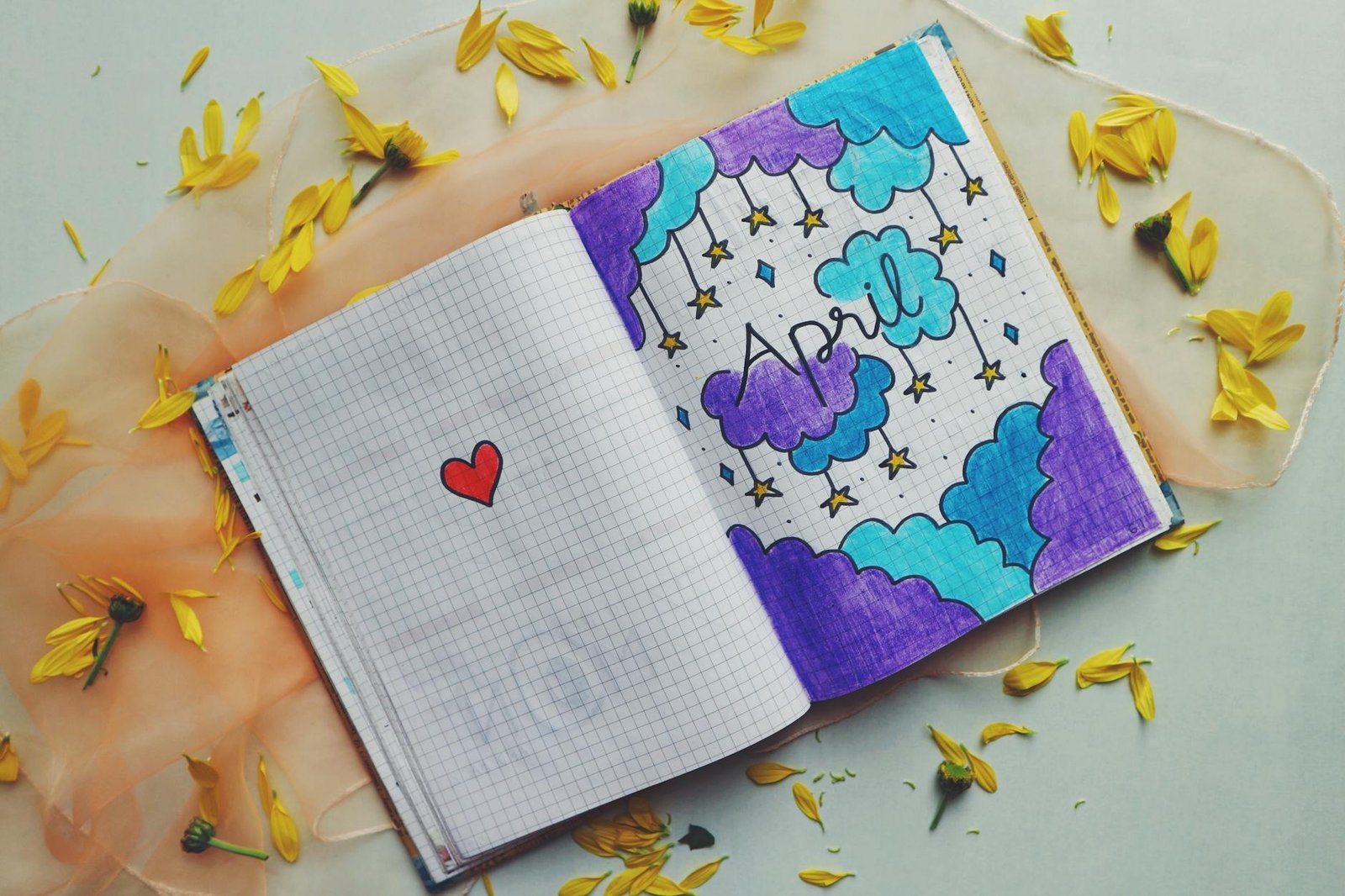
Traveling and art journaling go hand in hand, offering a unique way to capture the essence of your adventures and express your creativity. From sketching landscapes to painting local flora and fauna, the possibilities are endless. By embracing these inspiring aesthetic traveling drawing ideas, you can create a personal visual narrative of your journeys, honing your artistic skills while preserving cherished memories.
Whether you’re a seasoned artist or just starting your creative journey, remember that the beauty of art journaling lies in its personal nature. Don’t be afraid to experiment with different techniques, styles, and subjects. Let your travels inspire you, and allow your art to evolve as you explore new destinations. So pack your sketchbook, grab your favorite art supplies, and embark on a creative adventure that will enrich your travels and nurture your artistic spirit.



